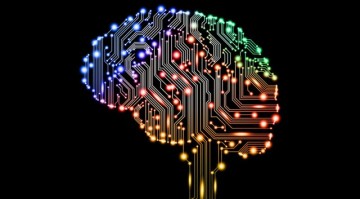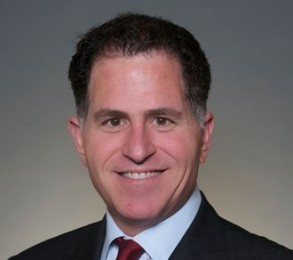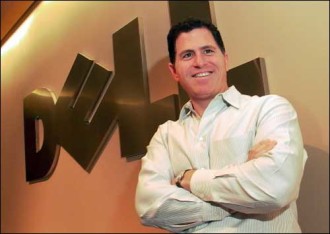 AI will start to create more jobs than it eliminates by 2020, according to beancounters at Gartner.
AI will start to create more jobs than it eliminates by 2020, according to beancounters at Gartner.
While most of the news has been focusing on how many jobs AI will kill off, Gartner has now given a timeframe to when some of the changes will be felt in the workplace with the analyst house forecasting that 2020 will be the moment when AI starts to create more jobs than it eliminates.
In just over two years 2.3 million positions will have been created thanks to artificial intelligence with 1.8 million roles having been killed off thanks to the technology.
Gartner research vice president Svetlana Sicular said, any significant innovations in the past have been associated with a transition period of temporary job loss, followed by recovery, then business transformation and AI will likely follow this route.
“Unfortunately, most calamitous warnings of job losses confuse AI with automation — that overshadows the greatest AI benefit — AI augmentation — a combination of human and artificial intelligence, where both complement each other”, she added.
She urged IT leaders to start looking at ways to get people facing the end of their jobs ready for new roles.
“Now is the time to impact your long-term AI direction. For the greatest value, focus on augmenting people with AI. Enrich people’s jobs, reimagine old tasks and create new industries. Transform your culture to make it rapidly adaptable to AI-related opportunities or threats,” she said.

















